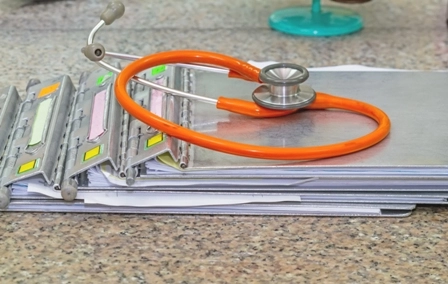Add Modifiers for Complete Claims, Even Without Reimbursement

Question: Do we really need to include modifiers such as QS or patient status indicators such as P2 on claims if payers consider them “information only” and they have no bearing on payment? Also, if we’re reporting MAC anesthesia, do we really need to include diagnosis Z51.81? South Carolina Subscriber Answer: We’ll answer each of your questions separately: Yes, you should include modifier QS (Monitored anesthesia care service) on claims when applicable so insurers know the type of anesthesia your provider used. Although it does not affect your payment, it gives a better picture of the service and is required by many carriers to identify MAC services. Medicare does not reimburse for physical status modifiers, but some private insurers will in certain situations (and with supporting documentation). Indicators P1 (A normal healthy patient) and P2 (A patient with mild systemic disease) are for informational purposes only and do not affect reimbursement, but indicators P3 (A patient with severe systemic disease), P4 (A patient with severe systemic disease that is a constant threat to life), and P5 (A moribund patient who is not expected to survive without the operation) will add extra units to your claim because those statuses increase the level of work for the anesthesia provider. In some states, Medicaid will pay for the increased value of physical status modifiers. Diagnosis Z51.81 (Encounter for therapeutic drug level monitoring) represents an encounter for drug level monitoring. Although several years ago some northeastern states required reporting a separate code for propofol with MAC anesthesia, unless your state and/or carrier requires a separate diagnosis code, you would not typically need to report this code when coding an anesthesia encounter.




